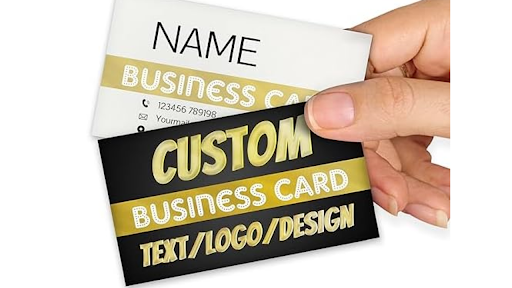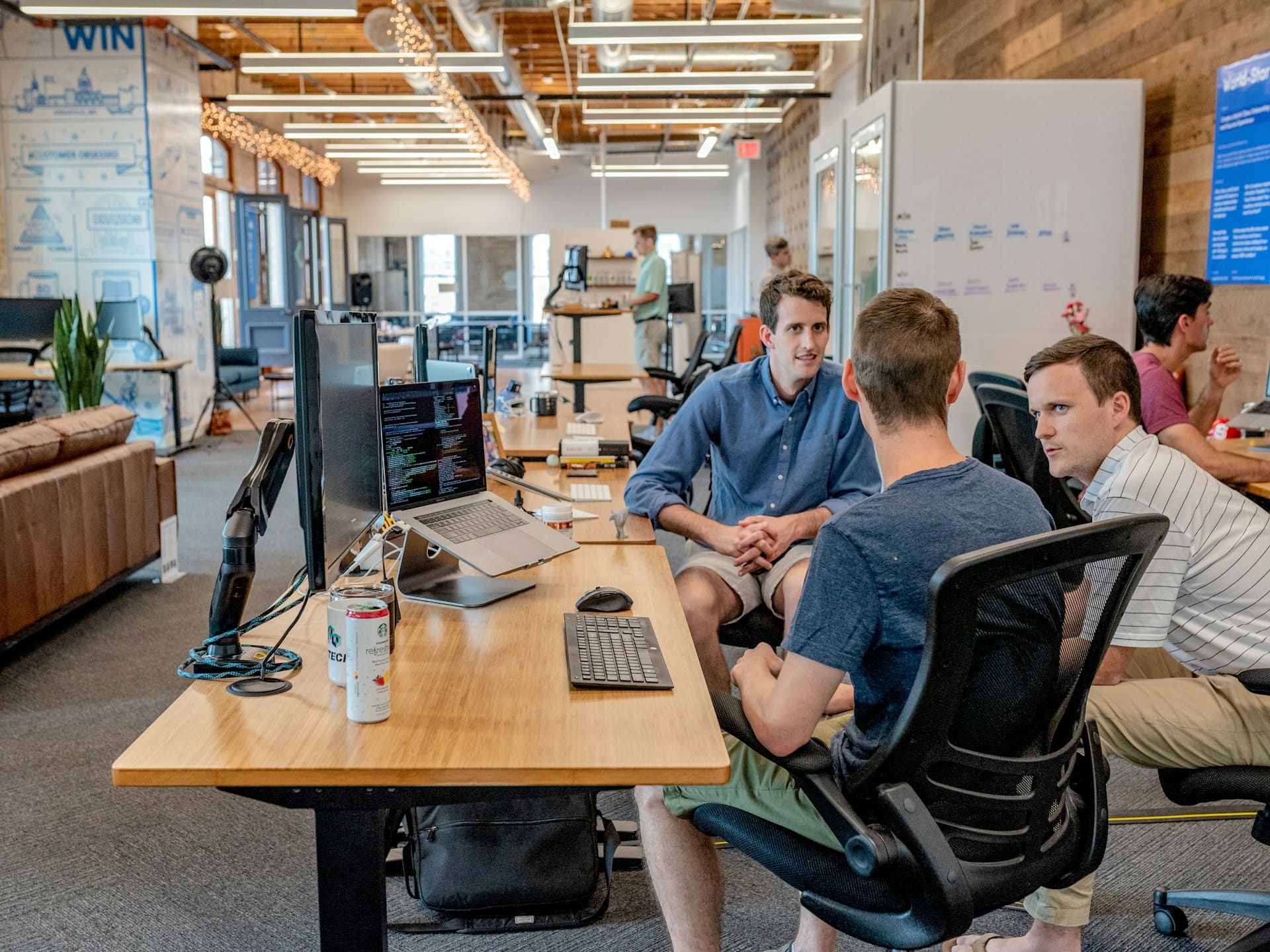6 Ways to Bring in More Business from Your Website
If you’ve built an amazing website that looks perfect, you may be expecting the sales to simply roll in over time. Unfortunately, it’s not always that simple. Even if you have a great site, you still need to bring people in and make sure they use your site, which may require some extra effort on your part. Here are some ways you can utilise your website to ensure you make the most of it.
- Bring in more traffic with SEO
Even the best website is a waste of time unless you are bringing people into it. One of the first things you should do as part of your business marketing strategy is to look at SEO – search engine optimisation. This simply means making your site more visible to search engines and means you can rank higher when people are searching for your products and services. This is usually best left up to the professionals, so check out King Kong UK who are experts in SEO and can come up with a suitable strategy. Most SEO strategies use a wide range of techniques to bring in more traffic, such as:
- Improving the content on your site and adding relevant keywords
- Adding links from other sites to boost your ranking
- Getting your site into Google’s featured snippets
- Updating old, irrelevant content
- Becoming an authority site on certain subjects
This will help boost your traffic, so you’ve got more potential customers coming in, and also ensure that when people are looking for your business on Google, that they find you.
- Invest in paid advertising
Many brands want all their traffic to be organic, perhaps thinking that if people come in via paid advertising, then conversion rates will be lower. But good paid advertising can be very effective. Again, using a professional can be a big help here. This is because they can take your budget and ensure it’s been spent properly. PPC – pay per click is one of the most popular types of paid advertising online and is basically a way of putting ads on search engines. This can be great for extremely competitive keywords, where it’s hard to get good rankings organically.
- Don’t completely dismiss traditional advertising
If you have a small, local business, then you will want to get a good reach locally. In these cases, traditional marketing can work well alongside digital advertising. From ad placements in local magazines to sponsoring a local event, you can easily get your name out there and find local customers who will want to use your business.
- Automate as much as you can
When you are looking for a certain product or service, the last thing you want to do is have to make a phone call to finish the process or wait for a reply to an email. Yet so many businesses don’t have online shopping or booking attached. This can be a huge detriment to your business, as people simply go elsewhere to find your service.
Luckily, there are ways to automate pretty much any process online, making it instant for the customer. Adding automated underwriting to your website, for example, means customers can take out financial products or insurance, without having to even speak to a member of your team. Most people want to do things like buy insurance online, or if they’re making a big purchase, they want to be able to apply for credit on the site and get a decision instantly. So, automating these processes makes a lot of sense.
- Get out and network
Networking isn’t just for job seekers. If you have a B2B business, then networking is going to be essential, as it helps you find new clients, or offer your services to others. If your business is mostly local, then this will be fairly easy. You simply need to build a good local reputation, and also, looking up some local networking groups can get you into the right rooms to make the right connections. Things can be more complex if you’re a global brand. One thing to consider is attending big conventions and conferences, even if you don’t splash out on a stall, as this can help you meet people. Once you’ve got your foot in the door through networking, you can refer people to your site, which will hopefully show what a professional business you are.
- Check your conversion rate
A business website is pretty useless if it’s not actually bringing in people. If people are clicking through and you’re getting the traffic, but not the orders or registrations, then that’s a problem.
One thing to look at is your bounce rate. This is the number of people who arrive on your page, look at a single page, and then leave. The lower your bounce rate, the more engaging your site. You can then look at what might be putting people off. Why are people leaving so quickly? Things like a slow load rate, lots of pop-ups, or a poorly optimised site can all be culprits.
Next, look at your customer journey. The easier it is, the more likely you’re going to get conversions such as sales. Some sites have poor conversion because there’s something that’s stopping people doing what they want to do. For example, if they want to buy something, but can’t find the buy now button, or checkout is so complex that they can’t work it out, they’re likely to just go to a competition. Again, it’s worth looking at getting professional help with conversions. Speak to experts in CRO – conversion rate optimisation, who can tell you where you might be going wrong.
Got a great website, but not getting the results you want? There’s a lot you can do to make things better. From bringing in more traffic to improving the amount of conversions, even those with amazing websites can get more out of it. For many companies, their website is their most powerful tool, so don’t just leave it standing neglected. Make sure you bring people in and get results.






